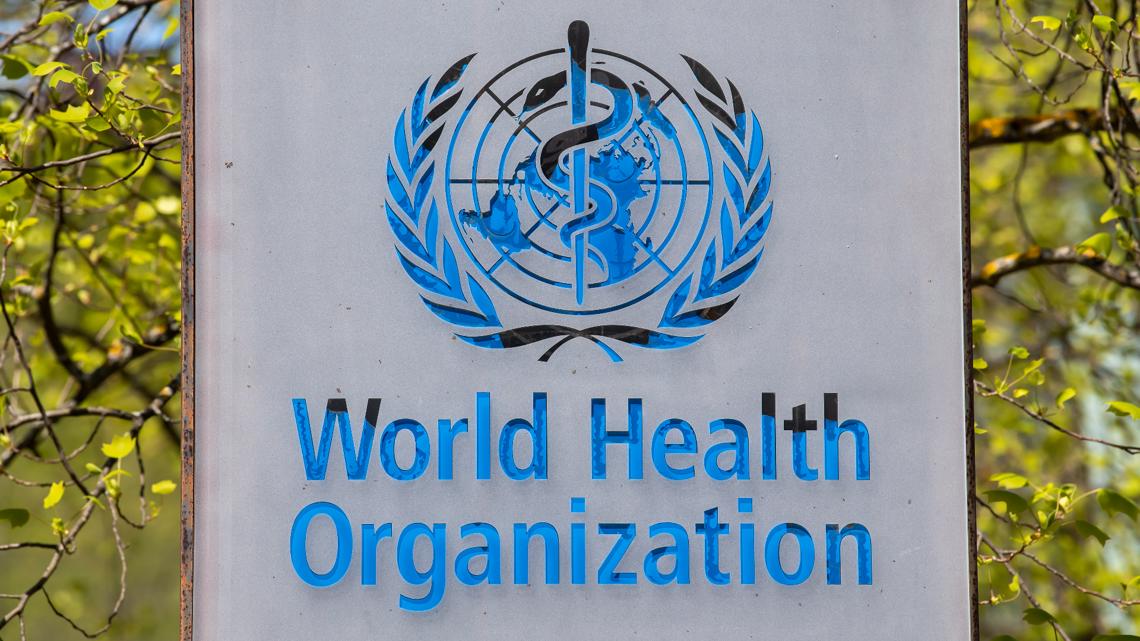The spike in unemployment reflects the fact that about 900,000 people were called up to fight, stayed home to take care of children because schools had closed, evacuated from towns near the borders with Lebanon and Gaza or couldn’t work because of physical damage to their industries.
Since October, some students have been able to return to school, and some displaced Israelis have been able to work remotely. Still, the economic implications for such a large disruption could be significant, especially with no end to the war in sight. Projections for growth next year are lower than previously estimated but the ranges vary, with some analysts saying that the economy could grow by only .5%. The Bank of Israel has given probably the most optimistic projection of 2%, citing Israel’s quicker-than-expected recovery from previous wars and from the pandemic.
“The wide range of projections that we are seeing comes from some of the different assumptions about how long and how intense the fighting will be,” said Karnit Flug, the vice president of research at the Israel Democracy Institute.
As of Sunday, 191,666 people in Israel had filed for unemployment benefits since the war began on Oct. 7, with the vast majority saying they experienced a forced unpaid leave, according to the Taub Center.
The labor shortages have been particularly acute in the tourism, construction and agriculture sectors. The latter two industries rely heavily on Palestinian workers, who have been largely barred from entering Israel since Oct. 7. With no one to pick fruits and vegetables, many Israelis have volunteered at farms in the center and south of the country.
















